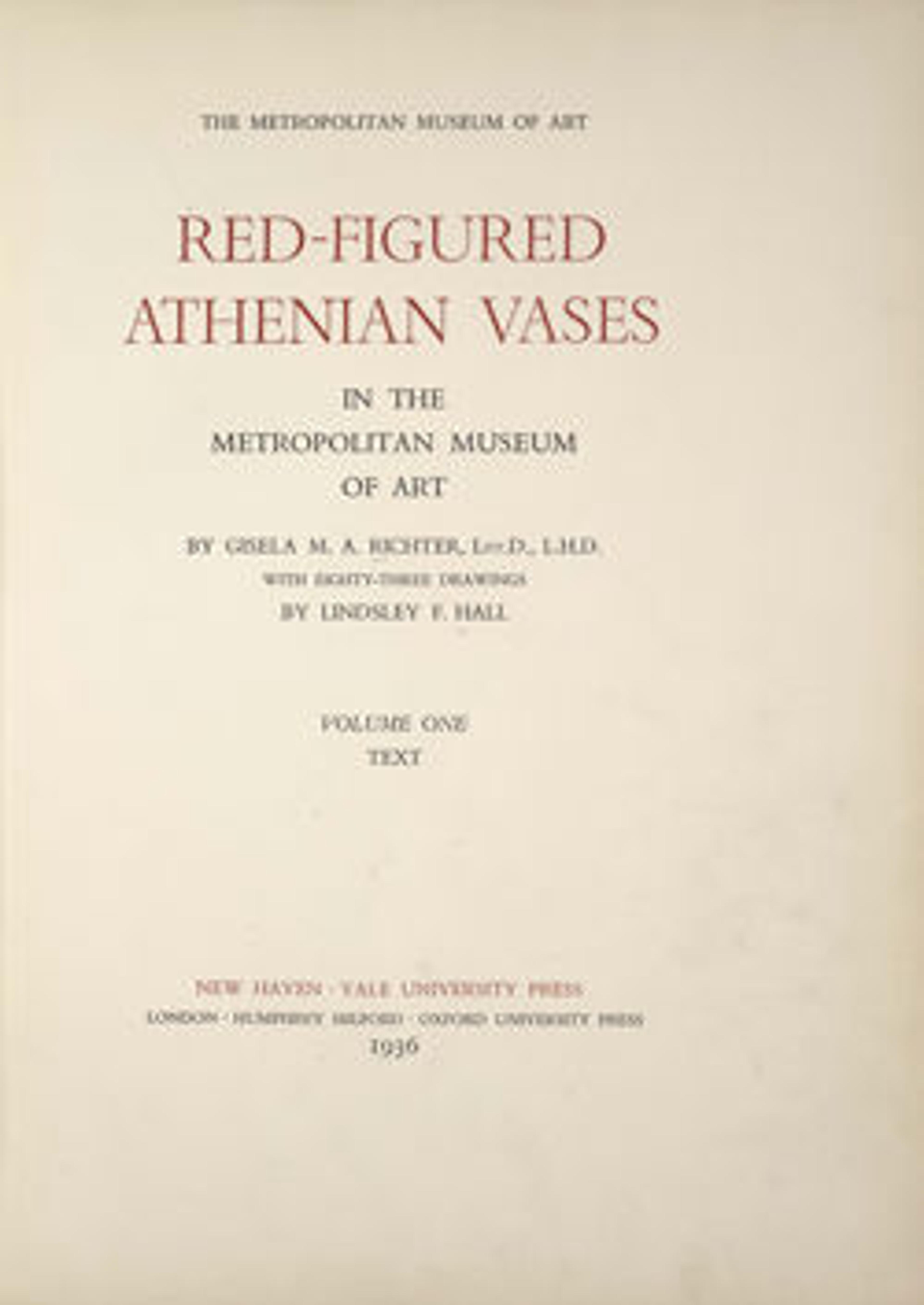Terracotta lekythos (oil flask)
Athena holding spear and aphlaston (a symbol of naval victory)
Athena holds the curved stern of a trireme (warship) with a decorative attachment at the end. Following a rich strike of silver in Attica, the Athenian commander Themistokles persuaded the assembly to use the financial windfall to build a navy. By 480 B.C., Athens was able to provide the largest contingent of ships when the Greeks faced and defeated the Persians in a naval battle at Salamis. The Athenian navy came to dominate the eastern Mediterranean, and this vase may commemorate a victory at sea.
Athena holds the curved stern of a trireme (warship) with a decorative attachment at the end. Following a rich strike of silver in Attica, the Athenian commander Themistokles persuaded the assembly to use the financial windfall to build a navy. By 480 B.C., Athens was able to provide the largest contingent of ships when the Greeks faced and defeated the Persians in a naval battle at Salamis. The Athenian navy came to dominate the eastern Mediterranean, and this vase may commemorate a victory at sea.
Artwork Details
- Title: Terracotta lekythos (oil flask)
- Artist: Attributed to the Brygos Painter
- Period: Classical
- Date: ca. 480–470 BCE
- Culture: Greek, Attic
- Medium: Terracotta; red-figure
- Dimensions: H. 13 3/8 in. (34 cm); diameter of body 4 3/16 in. (10.6 cm); diameter of foot 2 7/8 in. (7.3 cm); diameter of mouth 2 7/16 in. (6.2 cm)
- Classification: Vases
- Credit Line: Purchase, The Cesnola Collection, by exchange, 1925
- Object Number: 25.189.1
- Curatorial Department: Greek and Roman Art
More Artwork
Research Resources
The Met provides unparalleled resources for research and welcomes an international community of students and scholars. The Met's Open Access API is where creators and researchers can connect to the The Met collection. Open Access data and public domain images are available for unrestricted commercial and noncommercial use without permission or fee.
To request images under copyright and other restrictions, please use this Image Request form.
Feedback
We continue to research and examine historical and cultural context for objects in The Met collection. If you have comments or questions about this object record, please contact us using the form below. The Museum looks forward to receiving your comments.
